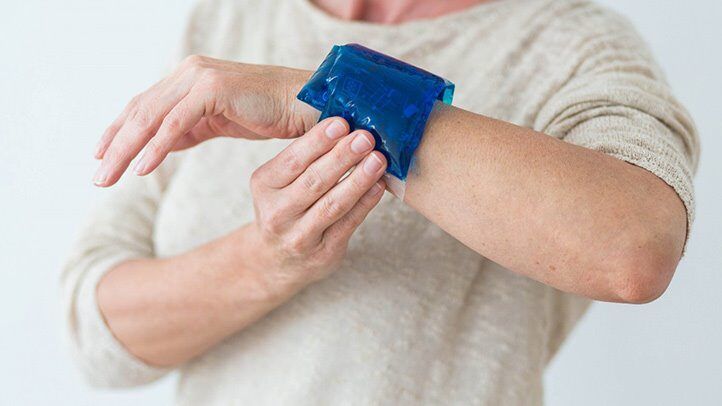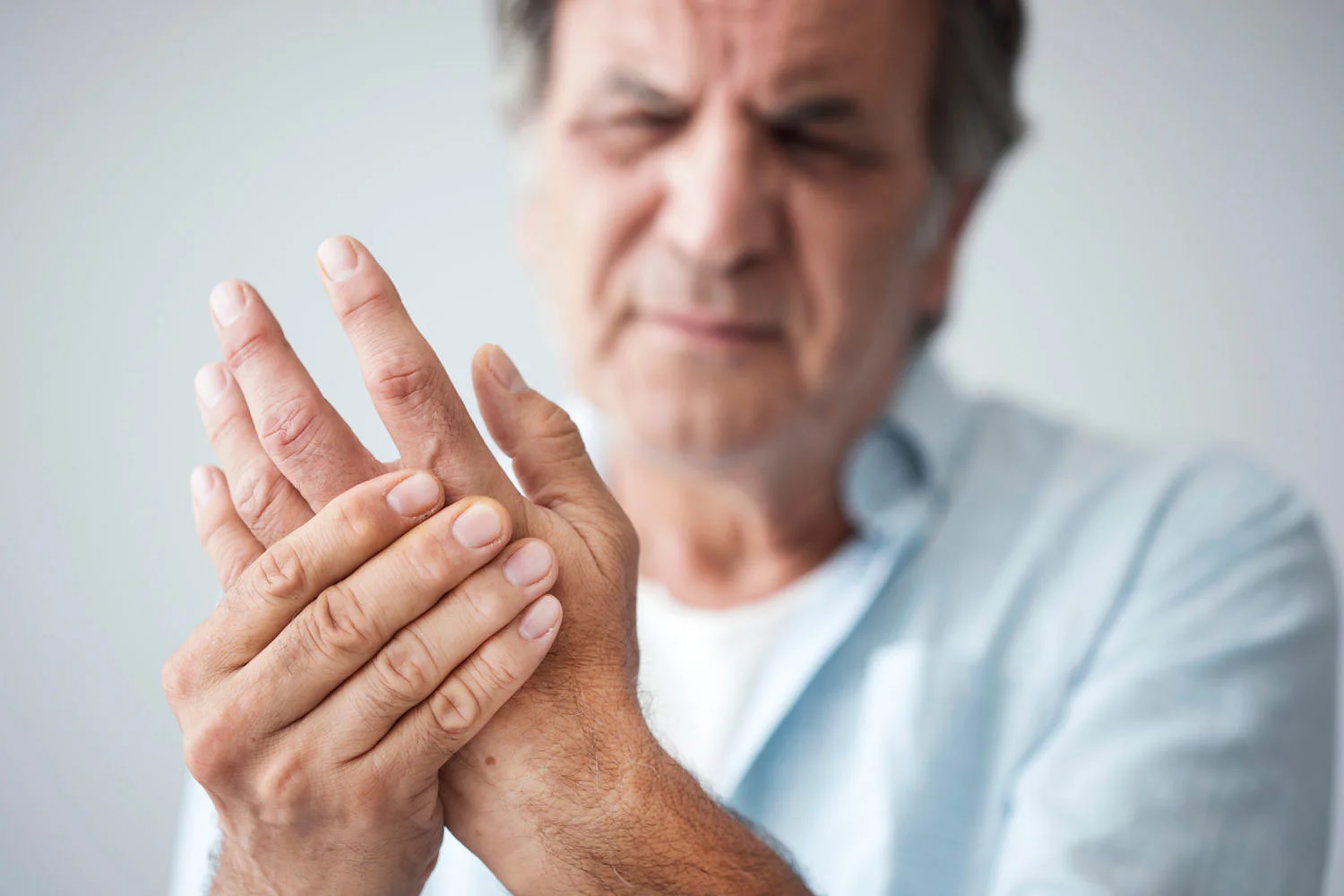Eshealthtips.com – Symptoms of Osteoarthritis Arthritis Hand includes bumps and soreness at the end of fingers and the middle joint. In normal joint structures, cartilage covers the bone surfaces and they glide when the bones move. When these smooth surfaces begin to wear out, arthritis develops. Other causes of hand arthritis include infection, injury, gout, and psoriasis.
Medication Can Relieve Osteoarthritis in Hands
There is no cure for osteoarthritis in the hand. However, there are many treatments that can help relieve the pain and improve the quality of life. Rheumatologists are able to prescribe medication to slow the disease progression and prevent joint damage and disfigurement. While treatment may be expensive, it can provide relief for symptoms and help patients resume their daily lives. Osteoarthritis is often very painful in the hand and can interfere with everyday activities.
A doctor can diagnose osteoarthritis by examining the hand and asking questions about the symptoms. X-rays of the joint can also help to confirm the diagnosis. Bony outgrowths and dense hard areas of bone along the joint margins are common signs of osteoarthritis. If a doctor suspects you have osteoarthritis, they can prescribe treatment. They can also monitor the condition and perform blood tests to help rule out other causes of hand arthritis.

Pain management and treatment for osteoarthritis involve pain medication and rest. NSAIDs are often prescribed for pain relief. Wrist splints can be worn overnight, or during selected activities. If rigid splints are too restrictive, soft sleeves may be used. Heat and cold modalities can also help relieve symptoms. Using the hand productively is essential. When a patient has OA in the hand, he or she must be careful about how long they use their hands.
Makes Joints Painful to Move
This disease affects the joints in the hand, which are made up of bones, cartilage, and soft tissue. When osteoarthritis is present, the articular cartilage of a joint wears away, resulting in swelling and irritation. Additionally, the joint lining produces synovial fluid and makes the joints painful to move. Additionally, the patient may lose the strength in their hands, which makes daily tasks difficult.
Treatments for arthritis in the hand may include anti-inflammatory drugs, steroid injections, splinting, and surgery. However, you can also try home remedies for arthritis in the hand. Hand exercises strengthen the muscles that support the joints and help them perform movements with less discomfort. In addition, exercise helps to increase the production of synovial fluid, which aids joint function and reduces pain.

Osteoarthritis Arthritic disease is a common problem affecting the hands. The inflammation in the hand is a sign of osteoarthritis, and the symptoms of this disease may be similar to those of other arthritis types. Osteoarthritis Arthritis Hand symptoms may affect daily activities, including work, home, and leisure. The most common treatment for arthritis in the hand is a combination of medications and physical therapy.
Hand Exercises Can Strengthen Joint Supporting Muscles
Hand exercises can strengthen the muscles supporting the joints. They also improve the range of motion and function of the hand. Exercises for the hand include turning the wrist over the edge, bending the thumb downward and turning it up. These exercises can help relieve hand arthritis and improve your mobility. In addition, they can promote the production of synovial fluid which improves joint function. Depending on your symptoms and the stage of your arthritis, your doctor may recommend an exercise program to treat your arthritis of the hand.
To prevent wrist pain from aggravating your hand’s joint pain, your physical therapist can teach you exercises to strengthen your wrists and fingers. Various utensils used in the kitchen often have large grips. By bending your wrists forward and backward, you can stretch the fingers and wrist without pain. You may also be able to do a variety of other tasks with your hands, such as opening jars or using a computer.

The symptoms of hand osteoarthritis vary from person to person and over time, depending on what activities you’re performing. Swollen and warm joints may be painful, and you may be able to feel the pain as the swelling begins to spread. Swelling may also stretch the soft tissues surrounding the joints, which can lead to instability and weakness. There is no cure for osteoarthritis, but exercise can help ease the stiffness and pain. If you wish to send your article to eshealthtips, you can check out this page!
Reference: